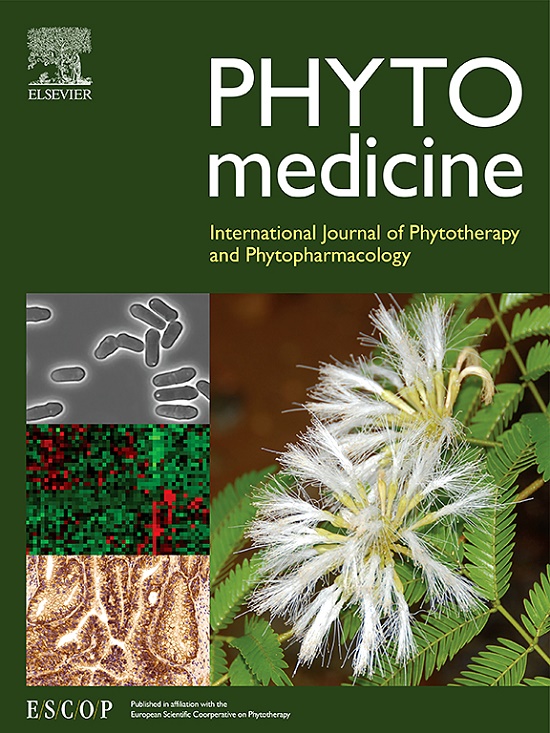Erianin triggers ferroptosis in colorectal cancer cells by facilitating the ubiquitination and degradation of GPX4
IF 6.7
1区 医学
Q1 CHEMISTRY, MEDICINAL
引用次数: 0
Abstract
Background
Colorectal cancer (CRC) continues to represent a significant global public health challenge. Ferroptosis, a novel form of cell death dependent on iron and involving lipid peroxidation, has emerged as an effective strategy for treating various cancers with great potential for application.
Purpose
This study aimed to investigate the therapeutic potential of erianin, a novel dibenzyl compound isolated from the well-known herbal medicine Dendrobium chrysotoxum Lindl, in the treatment of CRC through induction of ferroptosis.
Methods
Human CRC HCT116 and SW480 cells were employed for in vitro investigations, while an AOM/DSS CRC animal model was established for in vivo experiments.
Results
The results demonstrated that erianin effectively inhibited the growth of CRC cells and suppressed tumorigenesis in the AOM/DSS CRC animal model. Erianin induced ferroptosis in CRC cells as evidenced by a significant increase in intracellular Fe2+ levels and lipid peroxides, along with a decrease in glutathione. Additionally, ferroptosis inhibitors reversed the cytotoxicity of erianin against CRC cells as well as its induction of ferroptosis. Notably, novel glutathione peroxidase 4 (GPX4), a core regulatory factor of ferroptosis, was found to be overexpressed in human primary colon adenocarcinoma tissues compared with normal tissues. However, erianin significantly reduced GPX4 expression by facilitating its ubiquitination and degradation. Furthermore, the overexpression of GPX4 mitigated erianin-induced ferroptotic cell death; conversely, the silencing of GPX4 amplified these effects.
Conclusion
Erianin demonstrates the potential to inhibit CRC by inducing ferroptosis through accelerating the ubiquitination and degradation of GPX4, indicating its promise as a therapeutic candidate against CRC.

求助全文
约1分钟内获得全文
求助全文
来源期刊

Phytomedicine
医学-药学
CiteScore
10.30
自引率
5.10%
发文量
670
审稿时长
91 days
期刊介绍:
Phytomedicine is a therapy-oriented journal that publishes innovative studies on the efficacy, safety, quality, and mechanisms of action of specified plant extracts, phytopharmaceuticals, and their isolated constituents. This includes clinical, pharmacological, pharmacokinetic, and toxicological studies of herbal medicinal products, preparations, and purified compounds with defined and consistent quality, ensuring reproducible pharmacological activity. Founded in 1994, Phytomedicine aims to focus and stimulate research in this field and establish internationally accepted scientific standards for pharmacological studies, proof of clinical efficacy, and safety of phytomedicines.
 求助内容:
求助内容: 应助结果提醒方式:
应助结果提醒方式:


